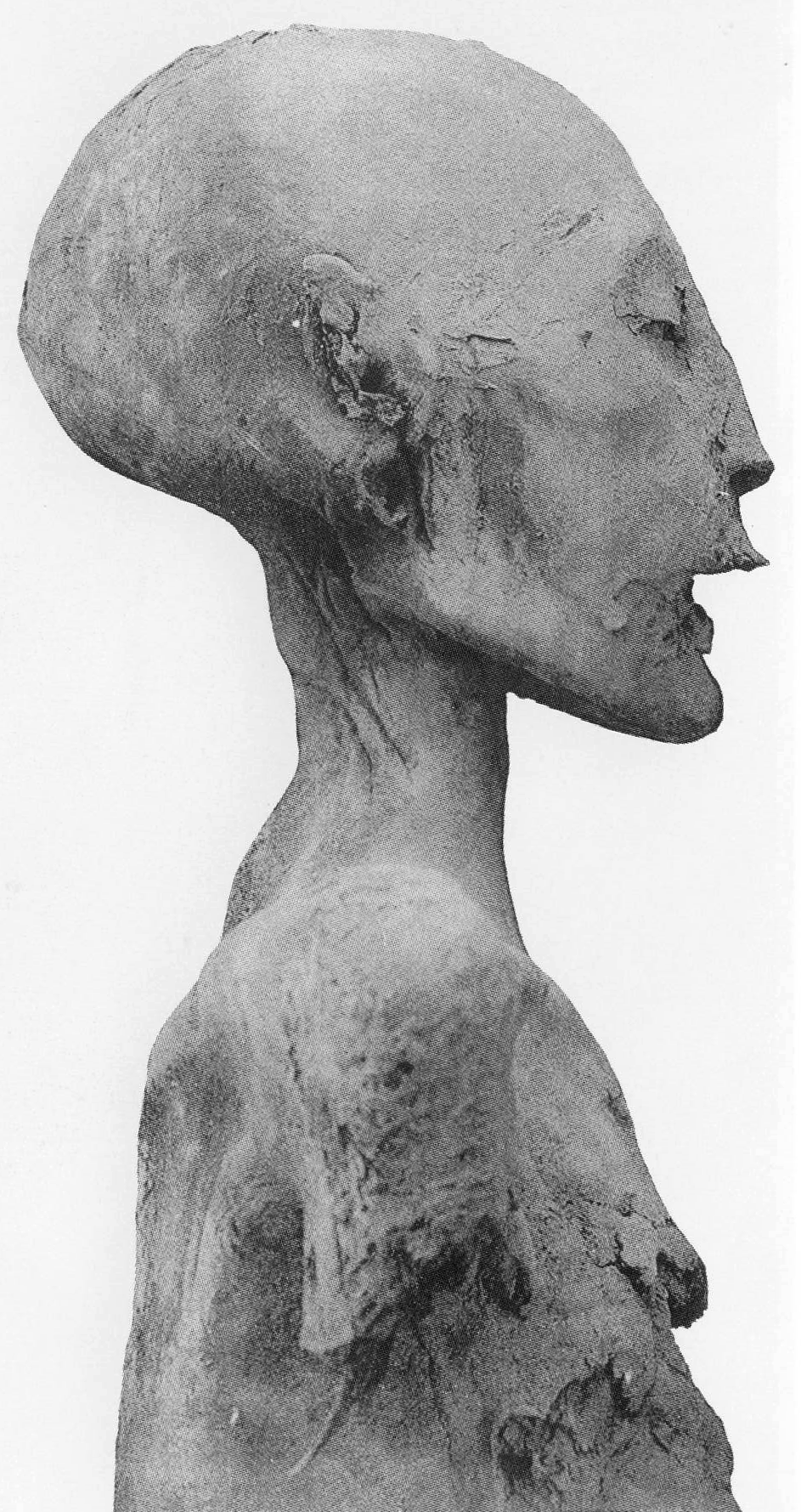I put up a couple of posts this week about computer scientist Manfred Clynes (here and here), who, along with psychiatrist Nathan Kline, coined the term “cyborg” in 1960 for a theory they had that as humans began to travel in space they would have to incorporate silicone into their carbon in order to survive and thrive. It was the nascency of the space program and seemed no more far-fetched than anything else. From “Man Remade to Live in Space,” a 1960 Life magazine article that further investigated their cyborg theories:
“The cyborg idea, presented recently to an impressed Astronaut conference, was conceived by an unusual partnership of doctor and computer engineer. Dr. Nathan Kline is a famous psychiatrist and researcher in mental drugs at New York’s Rockland State Hospital. Engineer Manfred Clynes does computer studies at the same hospital on body cybernetics: the interrelationship of the body’s check-and-balance systems.
For cyborgs, Kline and Clynes dispense with most conventional space flight plans. Cyboorgs will wear sealed skintight suits but will travel in unsealed cabins exposed to the near vacuum of space. Ordinarily, at these low pressures the blood would boil and the lungs explode. But cyborgs’ lungs will be partly deflated and their blood will be cooled. To keep from getting numbed their brains will be warmed or fed energizers. Their messages to one another will be picked up electrically from their vocal nerves and transmitted by radio. Their mouths will be sealed and unused. Concentrated food will be piped direct to their stomachs or blood streams. Wastes will be chemically processed to make new food. Totally worthless end-products will be kept in small canisters on their backs. Kline’s and Clynes’ motives in developing cyborgs are not at all astronautic. Kline wants to work out the problems involved because the solutions will have vast implications for medicine as a whole. Clynes, an accomplished pianist, feels the artistic experiences to be had in space should not be overlooked. ‘Imagine,’ he says, ‘what leaps a ballet dancer could take on the moon.'”



